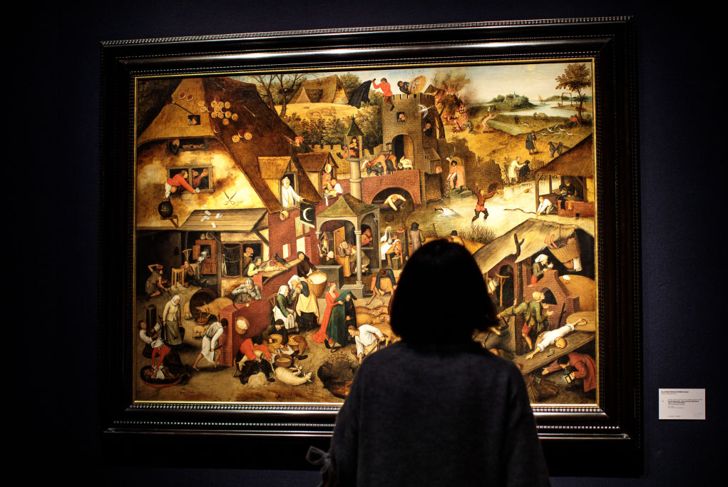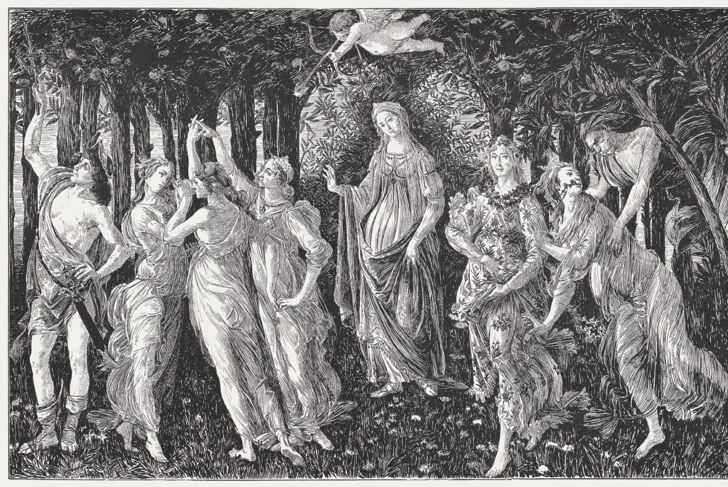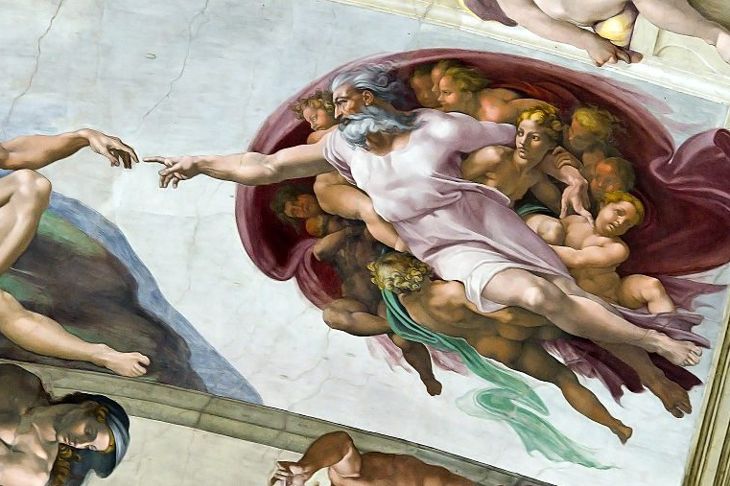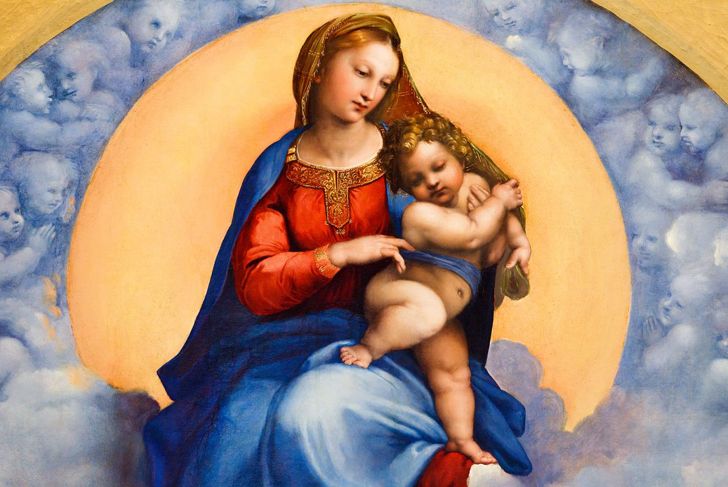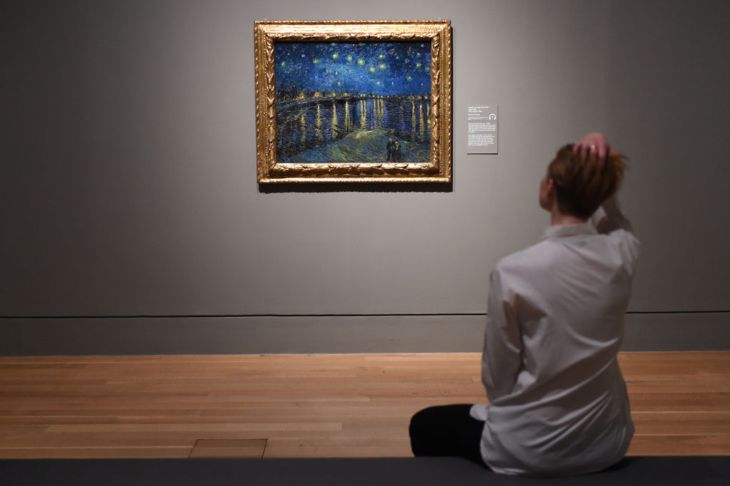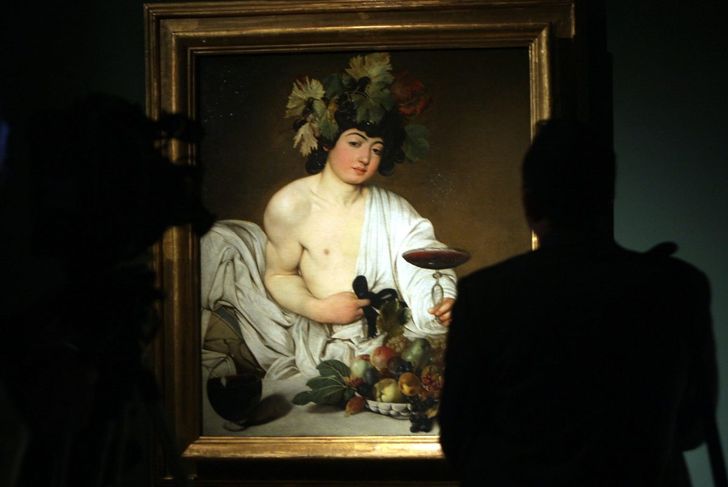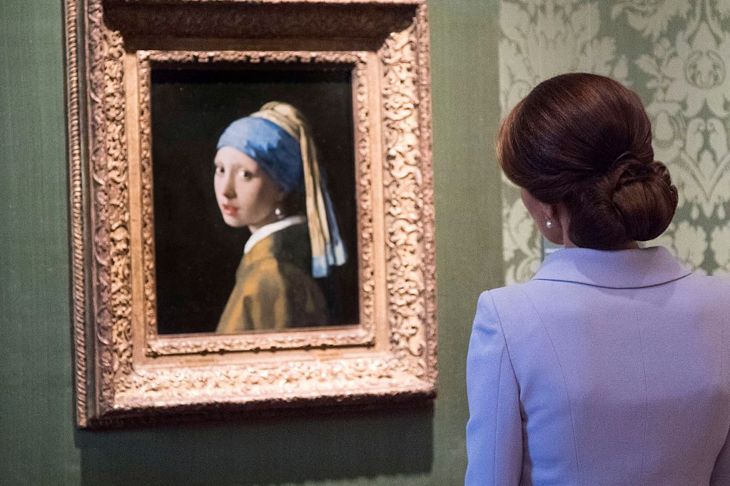Some art pieces are so legendary that people who aren’t avid art followers recognize the work immediately. Pieces like Mona Lisa and The Starry Night are so world-renowned that you can find these paintings portrayed in everyday life, from notebooks to mugs. You may think that you know everything about them and that there's nothing new that can be said. Yet, many of these paintings have hidden secrets, messages, and images that most people don’t know about. Unless someone points out the secret numbers found on the Mona Lisa, you may not know to even look. Learning new things about the artwork you think you know can really change how we continue to see other pieces of work.
The Last Supper by Leonardo Da Vinci
Da Vinci was a master of painting and mysteries. Historians who’ve extensively studied “The Last Supper,” Da Vinci’s depiction of Jesus’ final meal with the apostles, suspect the legendary artist incorporated a musical staff and notes that are not obvious unless you take a close look. When five lines of staff are drawn across the painting, the apostles’ hands and the loaves of bread can easily be seen as music notes. When played from right to left, the notes create an interesting melody, one that Da Vinci might have known or invented himself.
Netherlandish Proverbs by Pieter Bruegel, the Elder
There are more than 100 secret images hidden within Pieter Bruegel, the Elder’s Netherlandish Proverbs. It might look like a busy town. However, there are 112 representations of Dutch expressions and stories within the painting if you look very carefully. You can find visual representations of a bigger fish in the sea and running into a brick wall. Many of these expressions apply to other languages, so you don't need to be familiar with Dutch culture to find them.
Primavera by Botticelli
“Primavera” means “Spring,” but some art historians believe this masterpiece by Sandro Botticelli isn’t at all a celebration of springtime and fertility. The placement and details in the depicted mythological figures have been deeply studied and determined to represent the passion for poetry and the intellectual path of liberal arts. The painting, which Botticelli never titled, has another secret too: The man on the left (the god Mercury) is painted to resemble the wealthy banker who commissioned Botticelli for the work!
The Creation Of Adam by Michelangelo
Michelangelo painted a total of nine panels of the Sistine Chapel. The most famous of these is the Creation of Adam, a depiction of God creating Adam in the clouds. The outline around God and the other angels depicts a human brain. God is giving Adam life, and researchers believe that Michelangelo meant to say that He gave Adam human intelligence. Michelangelo had extensive knowledge of the human brain thanks to his dissections to study anatomy.
Sistine Madonna by Raphael
Raphael, one of the most well-known painters of all time, has many religious paintings. The Sistine Madonna is one of the most famous, but there are still details being discovered. Clouds flow across the bottom and background of the painting. Look again because the clouds in the background are actually angel faces. It can be hard to see unless you move closer. It is a unique detail that many viewers still miss, despite the popularity of the painting.
The Starry Night by Vincent Van Gogh
The Starry Night is among the most famous pieces of fine art in all of history. You'd instantly recognize those colors and swirly patterns anywhere. It turns out that scene aligns with a mathematical concept known as turbulent flows. It is a visual pattern with a fluid motion caused by changes in pressure and flow velocity. Could Van Gough know this several decades before the concept was popularized? In many other ways, Van Gough seemed to be ahead of his time.
Bacchus by Caravaggio
Bacchus is a painting of the god Dionysis, but researchers think Caravaggio placed a hidden self-portrait in it. In the bottom-left corner, there is a cup of wine. When art scholars looked closely at the wine, they found a reflection of a man inside. Researchers that discovered this think that it is a self-portrait of Caravaggio since it would be the logical choice for the person painting this image. It seems like Caravaggio had a healthy sense of humor!
Mona Lisa by Leonardo Da Vinci
Nearly everyone has heard of Leonardo Da Vinci and the Mona Lisa. There are many theories about the hidden meaning of the painting as well. Not all of them are true or credible. But there are hidden details in the painting. There are letters and numbers hidden throughout, some of which can only be seen with a microscope. No one knows what these hidden items mean since there were no notes left about them.
Girl With a Pearl Earring by Johannes Vermeer
The Girl With a Pearl Earring is a timeless portrait that's inspired jewelry lovers to purchase and wear pearl earrings. But there's some speculation about the nature of the earring as Vermeer painted it. Some art scholars think the earring is probably glass instead of pearl because glass earrings were more common, especially Venetian glass. These scholars might be wrong because, when the painting was examined under a microscope, it became clear the"earring isn't attached to the girl's ear and may only be a spot of light the artist chose to include.
The Ambassadors by Hans Holbein the Younger
The Ambassadors by Hands Holbein the Younger looks different depending on the angle that you see it. On the floor from one angle, you can see a tan marking. From another angle, the tan marking becomes a human skull. Experts believe that this distorted skull is a hidden reminder that death is always nearby.

 Home
Home Health
Health Diet & Nutrition
Diet & Nutrition Living Well
Living Well More
More
